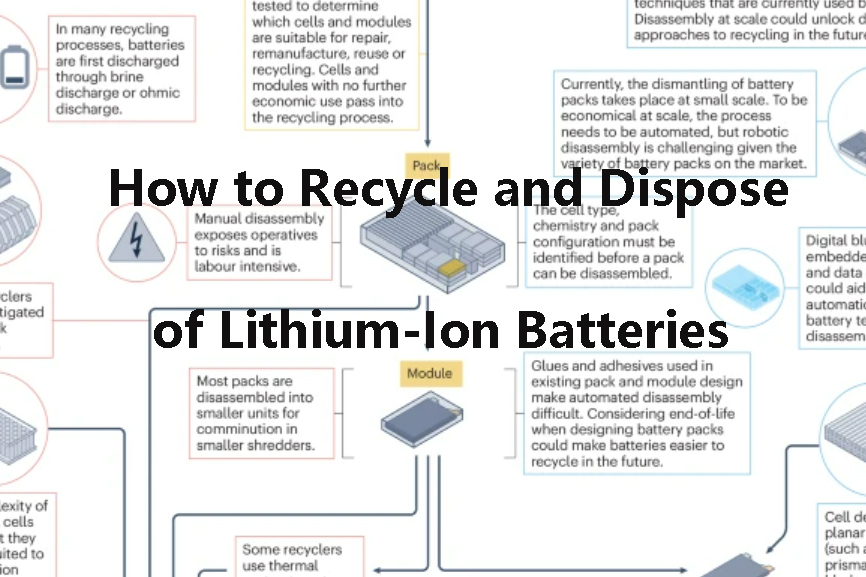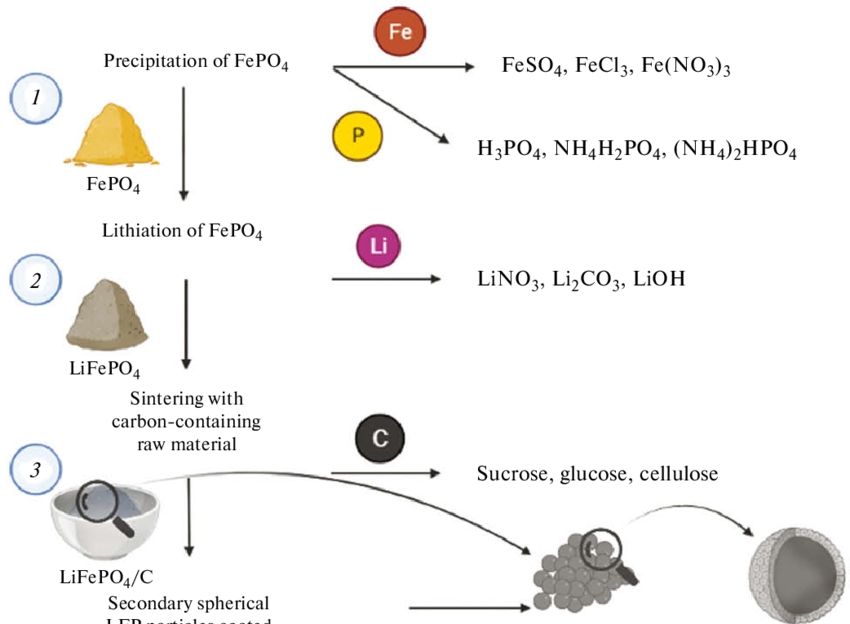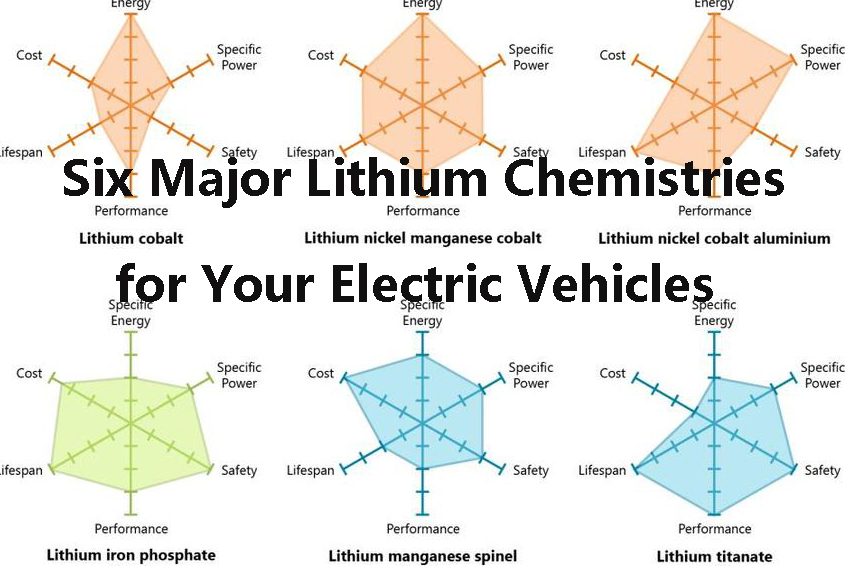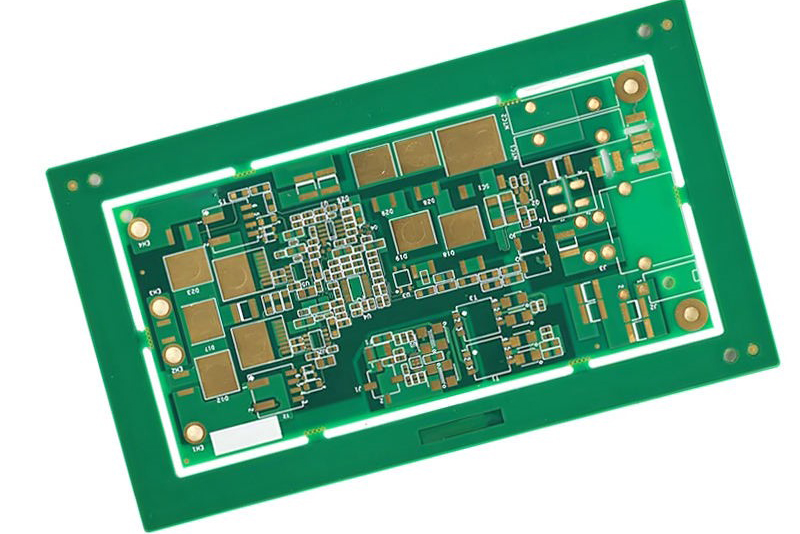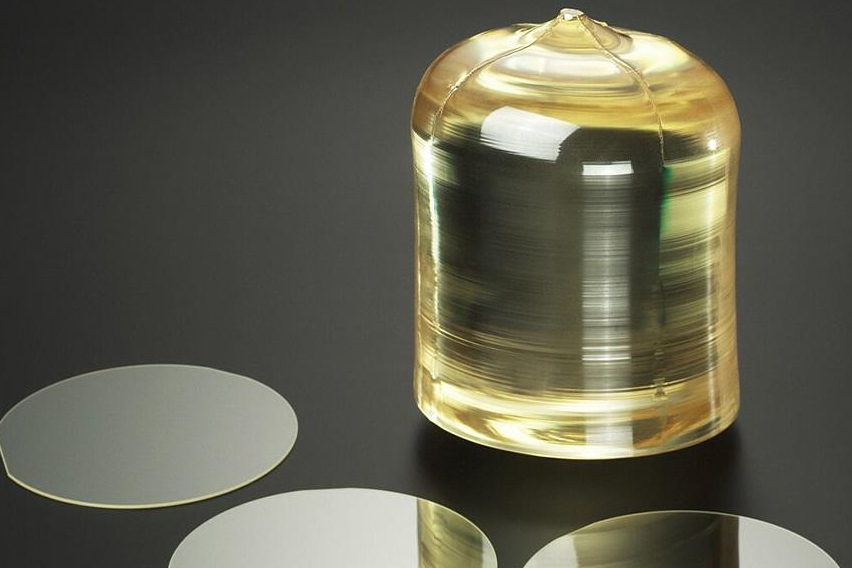
List of Sputtering Targets in Flat Panel Displays
Flat panel displays (FPDs)—used in everything from smartphones and TVs to industrial monitors and wearable tech—depend on thin-film technology to deliver vibrant images and responsive touch functionality. At the heart of this technology is the sputtering process, where carefully selected target materials are vaporized and deposited as thin films. These sputtering targets form the essential conductive, insulating, and barrier layers within the display.
This article lists the key sputtering targets used in flat panel displays, their roles, and why they matter in modern display technology.

1. Transparent Conductive Oxide (TCO) Targets
--Indium Tin Oxide (ITO)
Type: Oxide
ITO is the industry standard for transparent electrodes in LCDs, OLEDs, and touchscreens. It balances transparency with excellent electrical conductivity, making it ideal for pixel control and touch sensing.
Further reading: Comparing Transparent Conducting Oxides: ITO, AZO, and FTO
--Aluminum-Doped Zinc Oxide (AZO)
Type: Oxide, ITO alternative
AZO is gaining ground as a cost-effective and abundant alternative to ITO, especially in large-area displays and solar panels.
--Gallium-Doped Zinc Oxide (GZO)
Type: Oxide
GZO offers similar optical properties to AZO with improved stability, used in OLED displays and flexible panels.
2. Metal Targets for Electrodes and Interconnects
Metal sputtering targets are widely used in flat panel displays to form electrodes, interconnects, and barrier layers. Each metal offers unique advantages based on its electrical conductivity, chemical stability, and compatibility with other materials in the display stack.
Aluminum (Al):
Aluminum is used extensively in display manufacturing for its excellent electrical conductivity and affordability. It serves as a conductive layer for signal lines and as a reflective layer in the backplane of displays.
Copper (Cu):
Copper is favored for its low electrical resistivity, which makes it ideal for high-speed signal transmission in high-resolution displays. However, because it readily diffuses into surrounding materials, copper often requires a diffusion barrier layer to maintain stability and prevent contamination.
Molybdenum (Mo):
Molybdenum is commonly used for gate electrodes and data lines in thin-film transistor (TFT) structures. It offers excellent thermal stability, good adhesion, and patterning capability. Mo is also compatible with multilayer configurations such as Mo/Al/Mo to enhance performance.
Chromium (Cr):
Chromium functions as an adhesion layer and is often used as part of pixel electrode structures. It improves the adhesion of metal films to substrates like glass or polymers and supports precise patterning in fine features.
Tantalum (Ta):
Tantalum is used as a barrier material in TFT stacks. It resists diffusion and corrosion, making it valuable in applications that demand high thermal and chemical stability.
Silver (Ag):
Silver is known for its exceptional conductivity and is used as a transparent electrode in touch panels. Applied in ultra-thin layers or as a mesh, silver provides lower resistance than traditional ITO while maintaining good optical transparency.
3. Dielectric and Insulating Targets
Silicon Oxide (SiO₂):
Silicon oxide is widely used in flat panel displays as an insulating and passivation layer. It provides excellent electrical insulation between conductive layers and protects sensitive components from environmental factors such as moisture and contaminants.
Silicon Nitride (Si₃N₄):
Silicon nitride serves as both a barrier and dielectric layer in display devices. It effectively protects organic light-emitting diodes (OLEDs) and thin-film transistors (TFTs) from moisture and oxygen ingress, which can degrade performance. Additionally, silicon nitride functions as a dielectric material in capacitors and other insulating applications within the display stack.
4. Advanced Oxide and Composite Targets
Niobium-Doped Titanium Oxide:
Niobium-doped titanium oxide sputtering target is a high-performance material used to create high-mobility transparent electrodes. Such electrodes are needed for future display technology with increased resolutions and reduced response times, allowing next-generation visual performance.
Other Advanced Materials:
Materials such as indium gallium zinc oxide (IGZO) are gaining importance in flat panel displays. Sputtered by way of deposition, IGZO targets are a necessity for next-generation thin-film transistor (TFT) backplanes, bringing added electron mobility and stability. They are particularly useful for ultra-high-definition displays, including 4K and 8K resolution, flexible and low-power devices.
Summary Table
|
Material |
Type |
Function / Application |
|
Indium Tin Oxide (ITO) |
TCO |
Standard transparent electrode for LCDs, OLEDs, and touchscreens |
|
Aluminum-Doped Zinc Oxide (AZO) |
TCO |
Cost-effective option for large-area displays |
|
Gallium-Doped Zinc Oxide (GZO) |
TCO |
Similar to AZO with improved stability; used in OLED and flexible displays |
|
Aluminum (Al) |
Metal |
Conductive layer for signal lines and reflective layer in backplanes |
|
Copper (Cu) |
Metal |
High-speed signal transmission; requires diffusion barrier layer |
|
Molybdenum (Mo) |
Metal |
Gate electrodes and data lines in TFTs; thermally stable, good adhesion |
|
Chromium (Cr) |
Metal |
Adhesion layer used in pixel electrodes |
|
Tantalum (Ta) |
Metal |
Barrier material in TFT stacks; resists diffusion and corrosion |
|
Silver (Ag) |
Metal |
Transparent electrode in touch panels; lower resistance than ITO |
|
Silicon Oxide (SiO₂) |
Dielectric |
Insulating and passivation layer; electrical insulation and protection |
|
Silicon Nitride (Si₃N₄) |
Dielectric |
Barrier against moisture and oxygen; dielectric in capacitors |
|
Niobium-Doped Titanium Oxide |
Advanced Oxide |
High-mobility transparent electrode for next-generation displays |
|
Indium Gallium Zinc Oxide (IGZO) |
Advanced Oxide |
High mobility and stability for TFT backplanes; used in 4K/8K displays |
For more information, please visit Stanford Electronics.
Conclusion
Sputtering targets used in flat panel displays are crucial because they determine the electrical, optical, and protective properties of the thin films deposited. These materials directly impact display performance, including image quality, response speed, transparency, and device durability. Without high-quality sputtering targets, flat panel displays cannot achieve the required precision and reliability.

